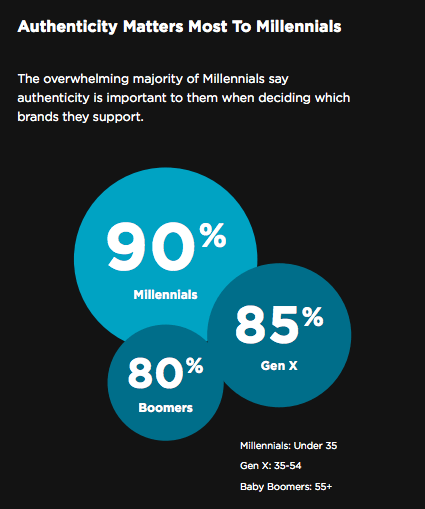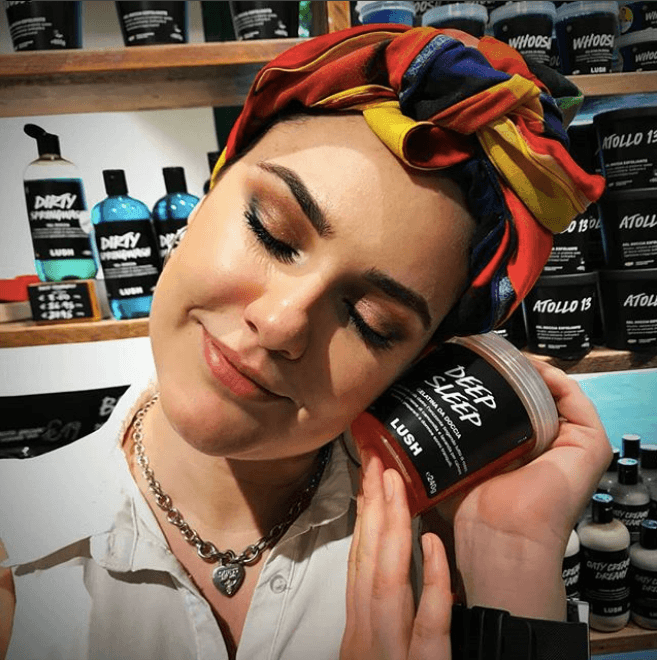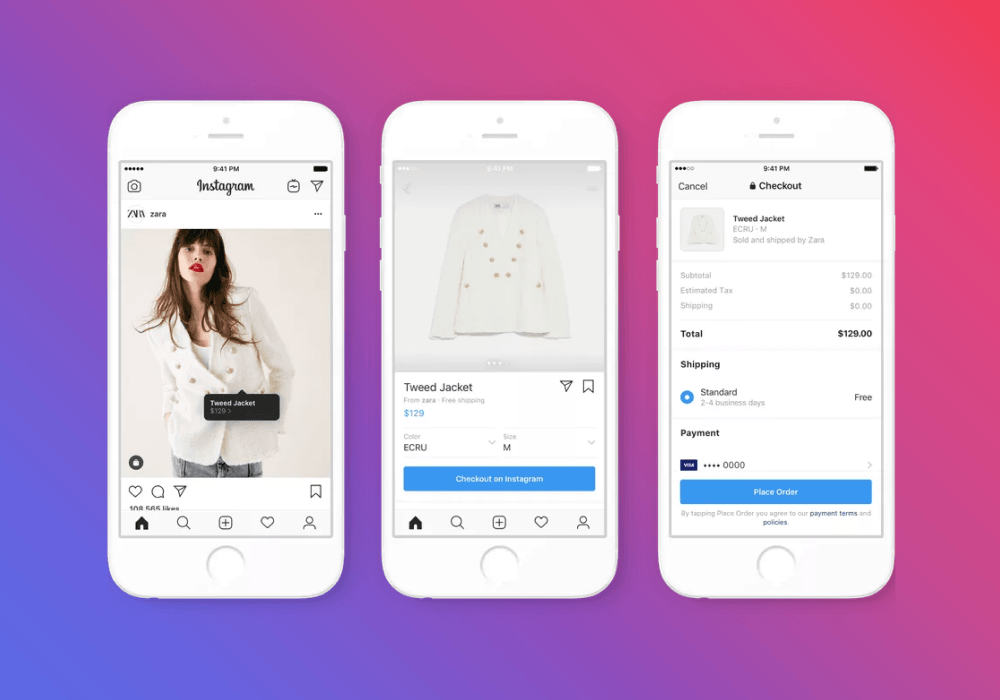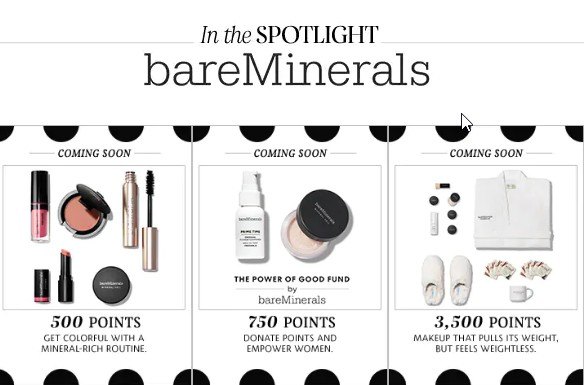How Can Retailers Enhance Customer Loyalty? 7 Steps for Better Retention
Loyal, repeat customers are what differentiate a highly successful retail brand from an average one. But the trick is, as a retailer, how can you enhance customer loyalty and go from being just good to great?
You have to continue bringing value to your customers even after they have made the first purchase. Those who can stay engaged with your brand are the ones who will continue to come back and perhaps even refer their friends and family.
Why customer loyalty matters (statistics)
- 80 percent of your future profits will come from just 20 percent of your existing customers (Customer Thermometer)
- 65 percent of a company’s business comes from existing customers (Small Business Trends)
- 89 percent of companies see customer experience as a key factor in driving customer loyalty (invesp)
- Existing customers are 50 percent more likely to try new products and also spend 31 percent more compared to new customers (invesp)
- Increasing customer retention rates by just 5 percent can increase profits between 25 and 95 percent (invesp)
- 68 percent of customers leave because they believe a brand is indifferent to them (Customer Thermometer)
Building brand loyalty with Millennials and Gen Z
It seems like everywhere you turn in the marketing world, brands are consumed with how to attract and engage younger groups, i.e., Millennials and Gen Z. This is because their combined spending power is unmatched. They also have different ways of absorbing information than previous generations and therefore have specific needs and motivations.
For example, 62 percent of Millennials have no interest in a TV ad. They prefer to be engaged on social media.
Figuring out how to best reach these groups takes a bit of finessing and experimentation from brands. However, these groups are very brand loyal once you have acquired them!
Some facts about marketing to these groups:
- 60 percent of Millennials said they are often or always loyal to brands they currently purchase (Forbes)
- 90 percent of Millennials and 85 percent of Gen Z say authenticity is important to them when deciding which brands they support (Stackla)
- 62 percent of Millennials say that if a brand engages with them on social networks, they are more likely to become a loyal customer (Forbes)
- 50 percent of Millennials say that positive customer service experience is a factor in their loyalty to brands (Morning Consult)
- 68 percent of Millennials want an integrated shopping experience (Accenture)
- 75 percent of Millennials said that it’s either fairly or very important that a company gives back to society instead of just making a profit (Forbes)
- Gen Z make an advanced 8-second judgment when it comes to content since they grew up with information overload (Fast Company)
- Gen Z made up 40 percent of the consumer market in 2020 (Review42)
- More than 70 percent of Gen Z said they influence family purchasing decisions on furniture, household foods and drink (IBM Institute for Business Value)
- 66 percent of Gen-Z says that product quality matters most to them when making a purchase (IBM Institute for Business Value)

The important thing here is to know your customer. If you’re hoping to target more Gen Z and Millennial consumers, the tips provided below will be helpful.
Also, we recommend you do more in-depth research to learn about your brand’s target audience. Where do they live? What do they value? This will help you build a better brand loyalty strategy.
Building brand loyalty by improving your customer experience
The world’s leading brands look at customer loyalty from a holistic perspective. All of your channels, while separate, should provide one seamless, cohesive customer experience. The better the overall brand experience that you can offer, the more loyal your customers are likely to be.
A survey found that a third of global customers will abandon a brand after a single bad experience. On the other hand, 65 percent of US respondents said that a positive experience is more persuasive than good advertising.
Some question to ask when adapting your omnichannel marketing strategy:
- Are there opportunities in the customer experience that could include more personalization?
- Are all your digital touchpoints—website, social, app, email, etc. offering one consistent experience across each channel?
- Is there a way to make your product pages more compelling to shoppers? I.e. better imagery, customer photos and reviews, etc.?
- How simplified is the checkout process? Is it fast and easy for people to pay for an item quickly and securely?
- Is your returns and shipping process easy for the customer and streamlined?
- Can customers easily reach your team if they experience an issue or have a question?
How to increase customer loyalty in retail in 7 steps:
Attract and engage people on social media
Did you know 53 percent of Americans ages 12 and up who follow brands on social media are more loyal to those brands?
As social media is where most people live these days, you have to meet people where they are. Social media is also where communities gather to discuss and share their life, discover new products and absorb social proof that helps inform their purchasing decisions.
The first step is to have a presence on the social platforms your target audience spends the most time on and understand how those audiences prefer to interact on those networks.
Try doing things that people can get involved in, such as:
- Prompting people to discuss a topic (relevant to your brand) with one another
- Hosting a Live where someone on your team or an influencer you’ve partnered with answers questions from users in real-time
- Making a guide or ‘how to’ video on how to use your products
- Hosting a competition for people to participate in and generate tons of social content for your brand
- Align yourself with a cause and encourage people to share how they’re getting involved and participating in that cause
Put customer content front and center
Content that comes from your customers is some of the most engaging content your brand can publish. In fact, 79 percent of people say social user-generated content (UGC) highly impacts their purchasing decisions. Consumers are also 71 percent more likely to make a purchase based on social media referrals.
UGC is the type of content consumers crave and want to see more of from brands. In a study, 56 percent of consumers cited UGC photos and videos as being the content they most want to see from brands.

People view UGC as more trustworthy and authentic because it is content coming from real customers who are genuinely touting your brand. Because it’s trusted and highly influential, it’s been proven to outperform branded or agency content across all digital channels—improving social reach by 1340 percent, social ad clickthrough rates by 38 percent and eCommerce sales by 30 percent.
Make purchasing incredibly easy
Remember earlier how we mentioned looking at the overall customer experience? The ways in which people can purchase from your brand is a crucial part of that process.
These days, people have little patience for long and tedious checkout processes. They want to buy things quickly and easily and know that their purchase with you is safe and secure.
It helps to be as transparent as possible about how long the process will take. For example, if someone is making an on-site purchase, show a checkout progress bar at the top so they know how much is left before the final order.
Instagram offers another example: since 60 percent of people discover new products there, Instagram has increased its shoppable features on the platform—making everything from posts to Stories to Reels and more shoppable within their app. They even launched virtual stores.
Within just one to two clicks, someone can see a product on Instagram and buy it from a brand without ever leaving Instagram’s app.
The lesson here is that the path any user must take from the point of inspiration to the point of purchase should be as short as possible if you want to increase brand conversions, and generate loyal happy customers who come back to purchase over and over.
Launch a loyalty program people will love
Once a customer is finally engaged with you, you don’t want to just leave them hanging. Give them other avenues to explore with your brand so they stay engaged and have you at the forefront of their minds when looking to buy something.
Loyalty programs and rewards initiatives are a superb way to do this. A loyalty program can take a lot of different shapes. Some examples being:
- Special customer referral codes
- Customer discounts
- A rewards program (like a punch card) or a point system
- A subscription service that consistently delivers value (and maybe offers monthly discounts)
- Creating loyalty ‘tiers’ that compel people to enhance their loyalty and continue choosing your brand
- Developing an app specifically for loyalty program members
With a loyalty program, it’s also a great opportunity to increase personalized experiences for customers. Send them lists of products they’re more inclined to buy based on what they’ve previously purchased, receiving special discounts on their birthday or even sending personalized thank-you gifts when they’ve reached a certain tier or points amount.
Build your own creator community
Do you already have a following of people actively posting about your brand and generating UGC around your products? Or maybe you want to begin building a loyal community of advocates?
You might want to try forming your own brand creator community.
A creator community can help your brand build 1:1 connections with your most passionate customers and provides an engaging way for them to interact with the brand. Rewarding people for their enthusiasm by including them in your brand’s content creation process can make those loyalty bonds even stronger—creating the type of deep customer relationships that all businesses strive for.
Lush Cosmetics did this by inviting those already posting about their products into an advocate community. They sent those groups creative briefs and prompts on what content they’d like to see them post about. By actively involving their community in their content creation process, Lush was able to generate tons of authentic visuals from real customers and use that engaging UGC to drive 450 percent more clicks, 183 percent more new profiles reached and a 43 percent increase in traffic to their site from social.

Plus, people love the idea of having their content featured by a brand. It can help further increase loyalty and engagement.
Learn more about building creator communities with Stackla.
Make customers part of product development
The more people are surveyed on their insights, the more we discover that people want to co-create products with companies. One study found that 42 percent of Millennials were interested in helping companies develop future products and services.
What better way to engage your customers and potential customers than by having them give their input on what they most want to see from your brand? If you can successfully get this information from customers, the more likely your new product launches will be successful.
In 2018, IKEA launched a program called ‘Co-Create IKEA’ where they invited brand fans to help them develop new products. They did things like:
- Ask what product suggestions customers had
- Run IKEA Bootcamps with entrepreneurs
- Work with university students on product ideas
- Collaborate with innovation labs in different parts of the world
Provide exemplary customer service
This tried-and-true method on how to increase customer loyalty in retail was relevant in the 18th-century industrial revolution and it’s still relevant today.
If you want loyal, repeat customers, provide them with exemplary service. This can include:
- Remembering and appreciating customers. Send them a card and a discount on their birthday! Give them rewards for repeat purchases.
- Proactively address any product or shipping issues. Have people on call to answer the phone, respond to queries on social media and reply to emails as quick as possible
- Deliver personalized content that is relevant to customer preferences. If they purchased a pair of shorts, send them an email containing other clothing items to match with those shorts.
- Be ready and prepared for stockouts. Have backup items ready or let people sign up for automatic updates when products will be back in stock.
These are just a few ways you can put your customer at the heart of your brand and show them that you care.
Conclusion
Customer loyalty isn’t always easy to figure out. It requires research, data and some testing, trial and error. But at the heart of it your customers want to know you care about them and they want to be involved with your brand.
We hope these steps on how to increase customer loyalty in retail have provided you with valuable information you can take back to your team.
Interesting is using Stackla for your user-generated content needs? Contact us below via the demo form!








